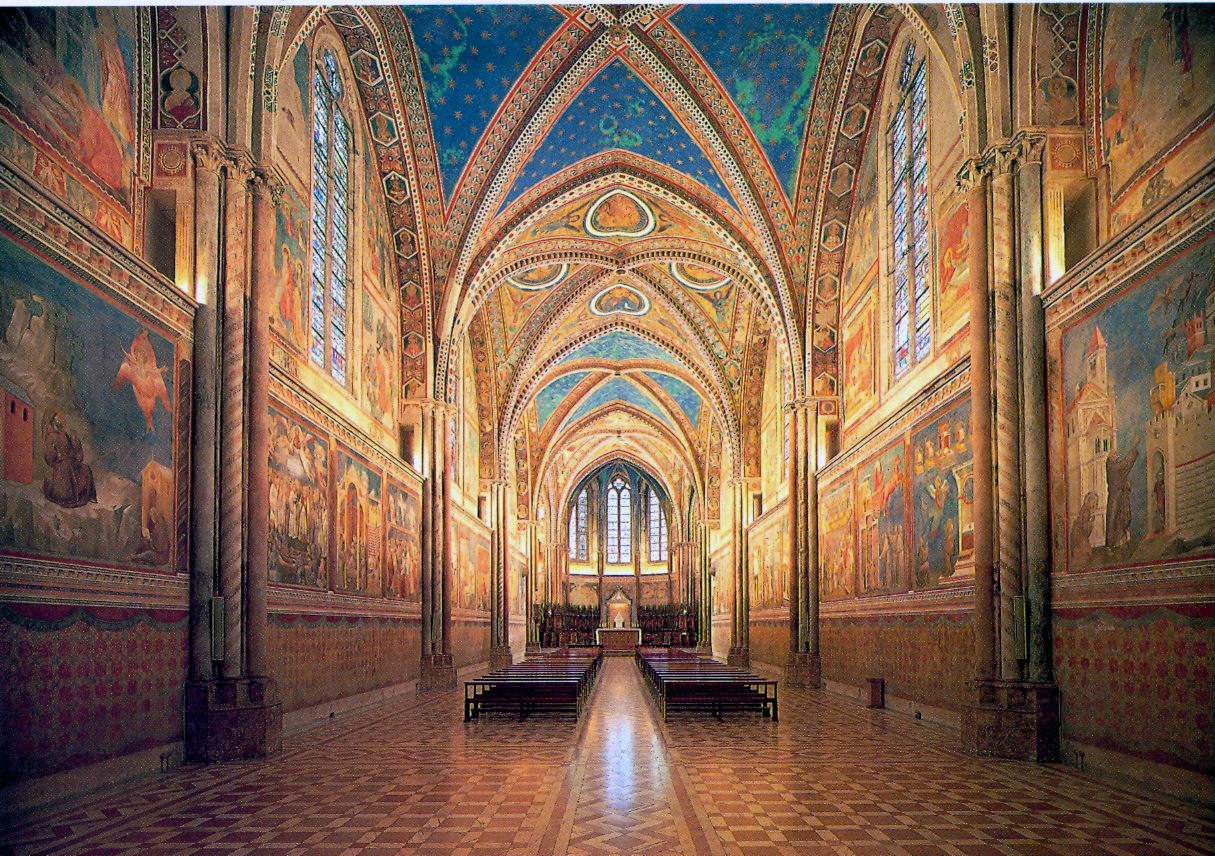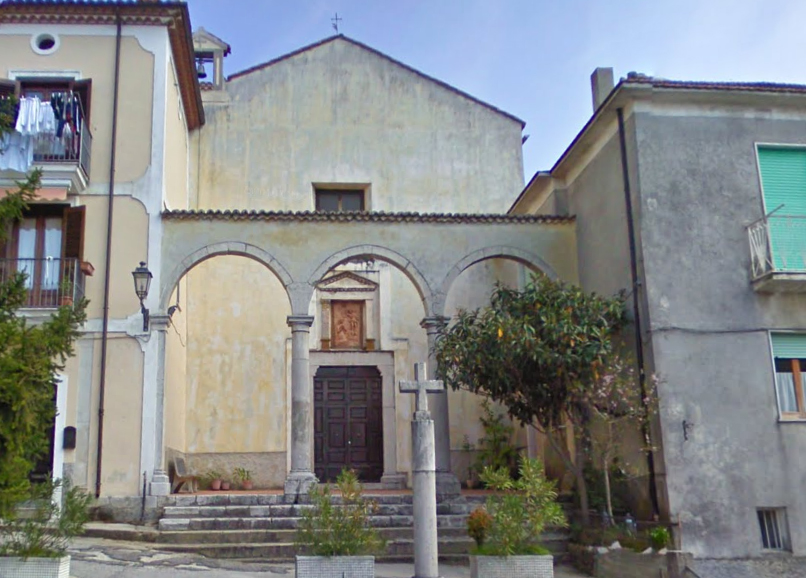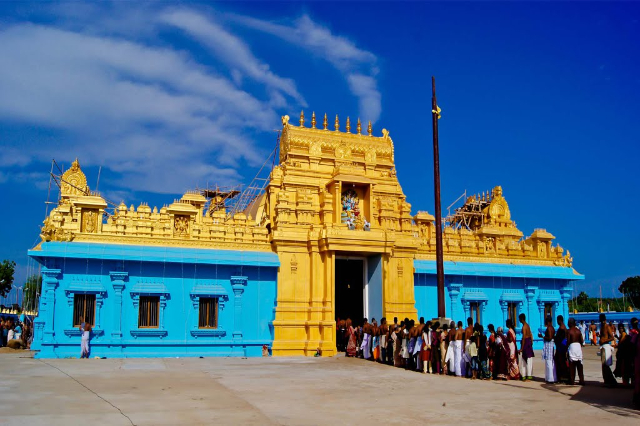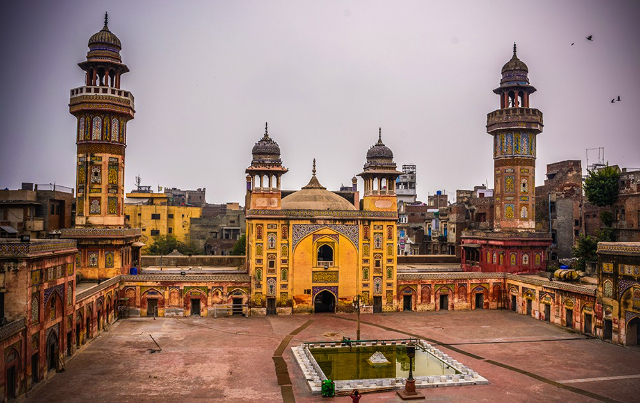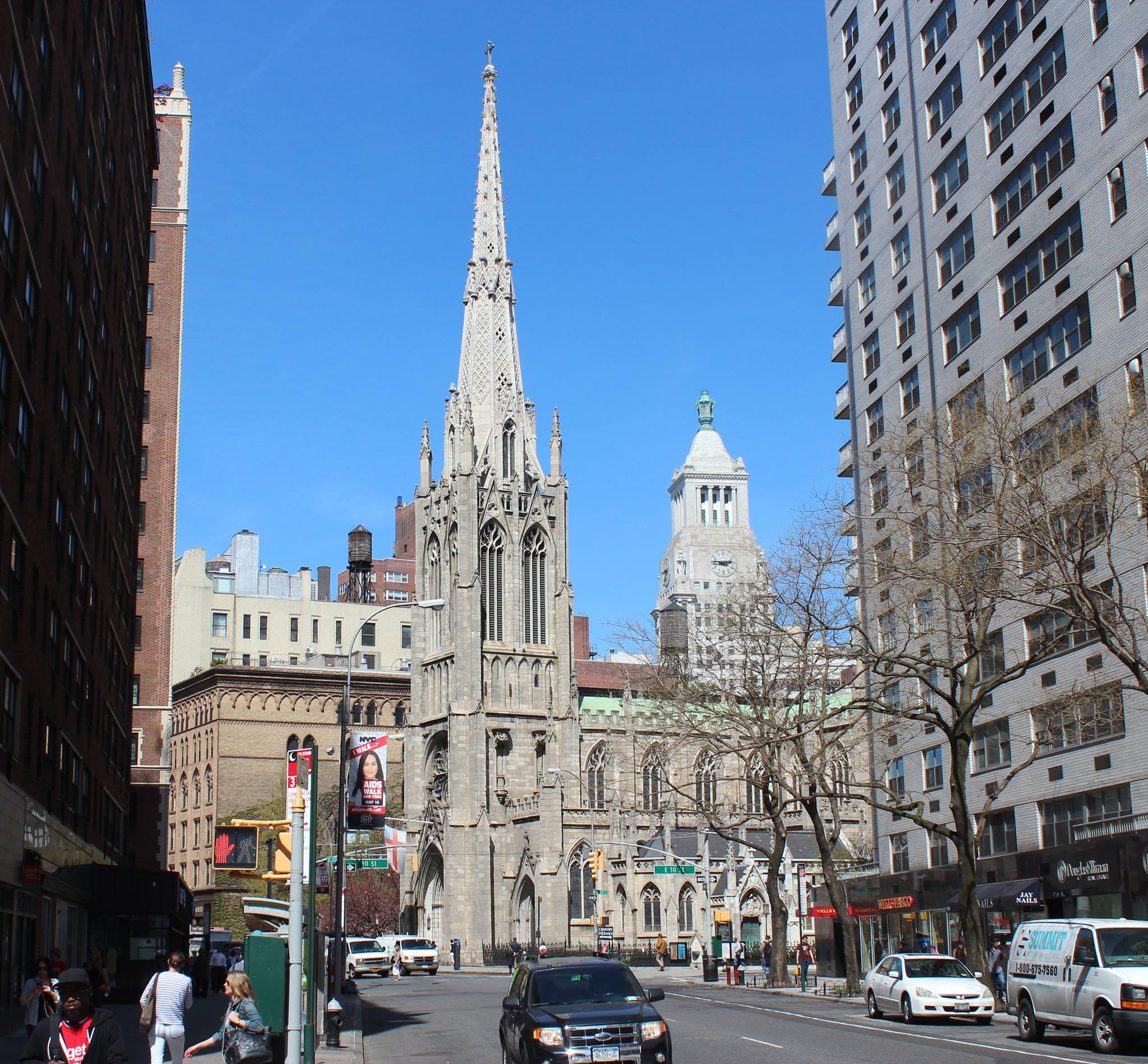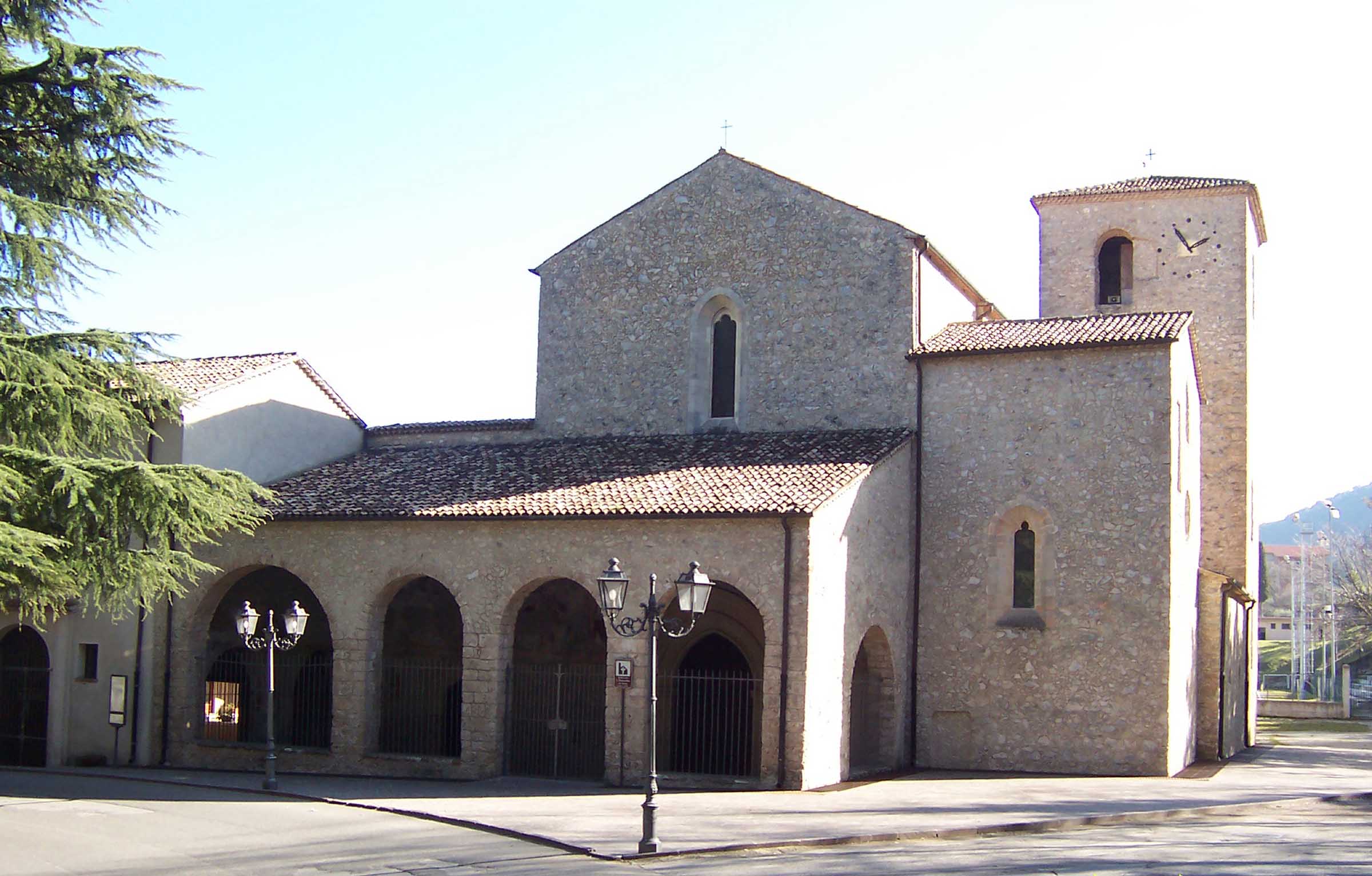It was erected in 1391 at the behest of Raimondello Orsini del Balzo, prince of Taranto and cadet of Nicolò Orsini, count of Nola, who married in 1384 Maria d’Enghien, countess of Lecce, who owned some lands in Salento. The count dedicated the temple to St. Catherine of Alexandria, thunderstruck by a pilgrimage he made on Sinai where he had visited, among other places, the famous convent of the same name. In the apse of the majestic late-Romanesque (so much so that it constitutes a rare example of Gothic architecture in Salento) Galatinese structure is the mausoleum of his son Giovanni Antonio Orsini Del Balzo (to the right in the octagonal choir that of Raimondello).
Also built were the Orsiniano monastery, which is no longer the one we see today rebuilt close to the church, and the ‘ancient Hospital, with patronage rights, now called Palazzo Orsini and used as the Town Hall.
The Basilica’s façade, with a pure Romanesque line, has a triple spire, stone rose window, finely worked portals and five naves inside. It is the frescoes (commissioned by Marie D’Enghien)however , practically extending everywhere, that make the Basilica so famous.
The central facade is divided horizontally into two sections set on different planes: the upper recessed and the lower projecting. The upper section, ornamented with rampant arches, has three acroters: a cross in the center, St. Francis of Assisi, on the right, and St. Paul the Apostle, on the left. In the center is the magnificent rose window that illuminates the interior. It too is surrounded by two richly carved bands and surmounted by a projecting half lintel of finely carved stone. Twelve slender little columns, in the guise of a sunburst, starting from the outside, stop around a smaller circle that encloses the Del Balzo weapon, made of colored glass bound in lead.
Immense and fantastic is the pictorial work done by Francesco d’Arezzo (middle period 1435), so extraordinary that scholars consider the Basilica of St. Catherine of Alexandria second only to that of St. Francis of Assisi. Among other things, the round arches and the attributable Gothic style of the interior allow it to be compared, legitimately, to the incomparable Upper Basilica of the Saint of the Poor. The frescoes, at any rate, transpose the history and travails of the Orsini Del Balzo family. Although, in truth, there are more than one layer of frescoes, and those visible refer to the period (we are around 1420) that coincides with the return to Galatina of Maria D’Enghien who remained the widow of Ladislao Durazzo, king of Naples, married in second marriage after the death of her first husband Raimondello Orsini Del Balzo. The themes of the drawings in each of the five arches differ. In the central one the representation of the Apocalypse stands out. In the others Genesis, the life of Jesus, the four evangelists, scenes from the life of St. Catherine of Alexandria. Everywhere angels, archangels, cherubim and seraphim. Among the countless relics that make up the Basilica’s treasury, it is worth mentioning a finger of St. Catherine that Raimondello Orsini allegedly bit off from the mummified saint in the church on Mount Sinai during a pilgrimage. The splendid church – moreover, with a magnificent adjacent cloister – was declared a Basilica Minore Pontificia in 1992.
